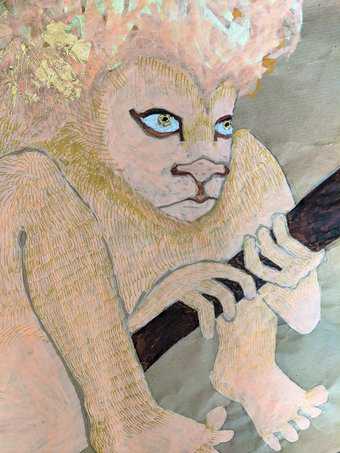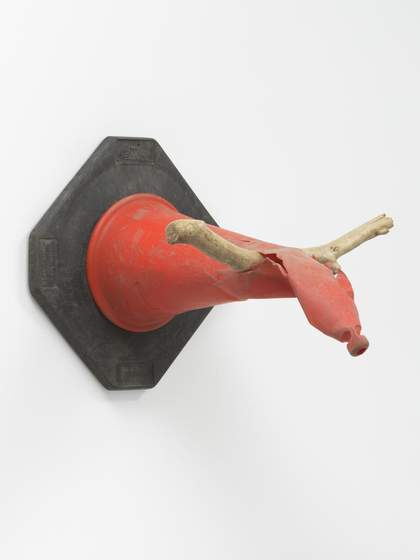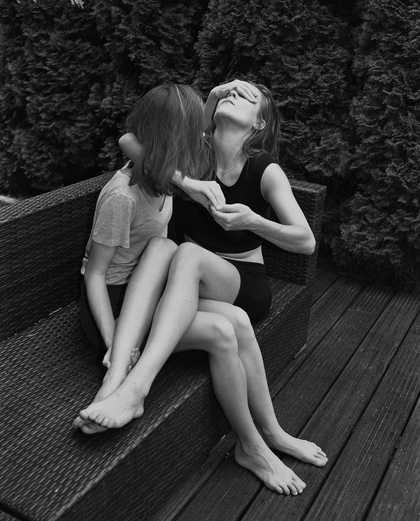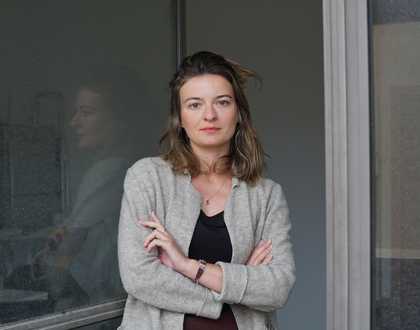
Joanna Piotrowska © Diana Tamane
Piotrowska’s Art Now display All Our False Devices is an intimate introduction to her style and craft. Three series of artworks, together with film clips, show Piotrowska's creative force as an artist who will shape the art world in the years to come.
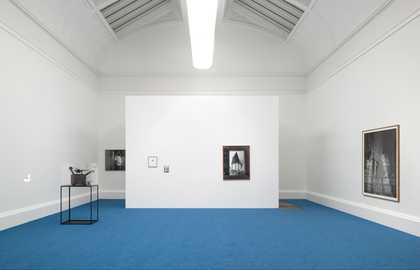
Installation views, Art Now: Joanna Piotrowska All Our False Devices 2019. Photo © Tate (Matt Greenwood)
One series that forms part of your display is Shelters. It shows a variety of spaces that we inhabit. Where is home for you and how important is the idea of home?
The idea of home has many complex dimensions, but firstly it’s a physical and psychological place of safety that every human deserves at the most fundamental level.
Inspiration for this works comes from a common children's game in which they build a den or shelter. To them, it is a simple, innocent and playful game. It evokes the feeling of comfort and safety and yet, if played by adults, it is automatically considered in the current global climate. Adults must consider factors that are political and economic, as well as thinking about existential migration and the growing inequalities in our society. The game of creating a shelter becomes charged with a notion of emergency and insecurity.
We all inhabit different spaces, but for my project I decided to focus on one which is symbolic and with numerous interpretations. Although, the intention shifts with each dweller – all of the shelters constructed have one commonality – they are precarious, easy to erect and equally easy to collapse.
My home is in London, but considering the uncertainties of Brexit I’m not sure for how much longer it will remain my home. I may have to build a new shelter somewhere else.
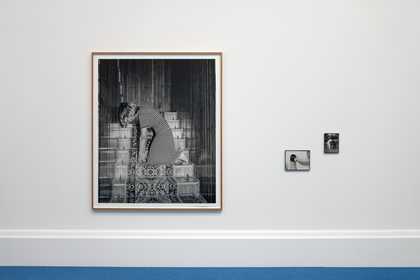
Installation views, Art Now: Joanna Piotrowska All Our False Devices 2019. Photo © Tate (Matt Greenwood)
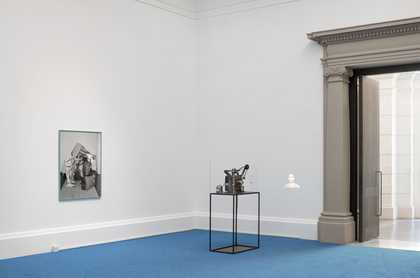
Installation views, Art Now: Joanna Piotrowska All Our False Devices 2019. Photo © Tate (Matt Greenwood)
Who are the artists past or present who inspired you?
I find all works by Gillian Wearing very inspiring. Her works Signs that Say What You Want Them To Say and Not Signs that Say What Someone Else Wants You To Say, Confess all on video, 2 into 1 in particular have moved me. I love meditative and obscure works by Massimo Bartolini. The enigma of the paintings by Giorgio de Chirico and his brother Alberto Savinio has been recently one of the subjects of my research. I still remember seeing Harun Farocki’s works for the first time, it was many years ago and the power those works have on me hasn’t changed in the slightest.
I like looking at choreographers' practices: Boris Charmatz, Ohad Naharin, Pina Bausch, Sharon Eyal. I think I’ve watched Anna Teresa de Kersmaeker's Rosas danst Rosasa and Fase a few hundreds times. Literature is also a big influence. Franz Kafka, Virginia Woolf, Alberto Moravia, Margaret Atwood, Cormac McCarthy are some of my favourites. The Woman in the Dunes by Kobo Abe is very close to my heart, as is the Concrete Island by J.G Ballard. They are both so similar to each other in a way. I also tend to consume films like one consumes water.
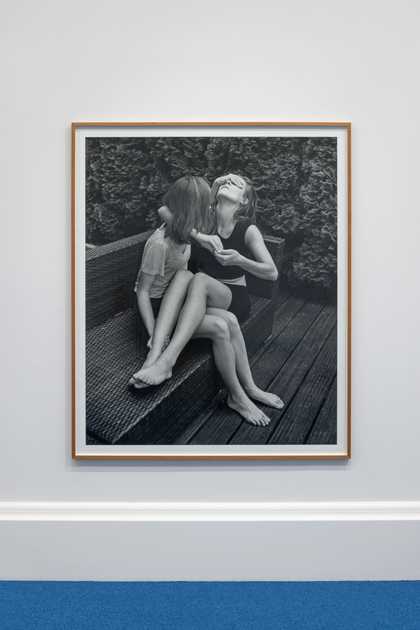
Installation views, Art Now: Joanna Piotrowska All Our False Devices 2019. Photo © Tate (Matt Greenwood)

Installation views, Art Now: Joanna Piotrowska All Our False Devices 2019. Photo © Tate (Matt Greenwood)
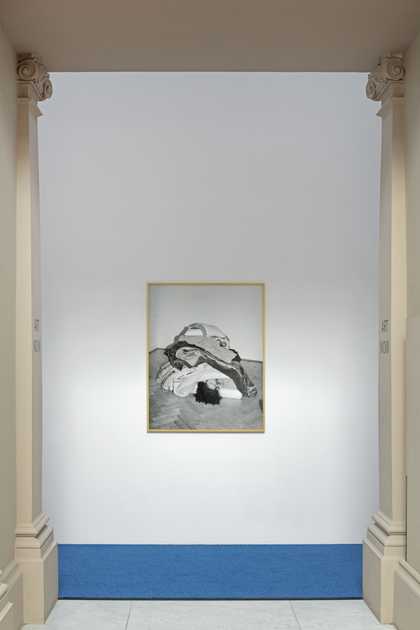
Installation views, Art Now: Joanna Piotrowska All Our False Devices 2019. Photo © Tate (Matt Greenwood)
Could you name three qualities which make a good artist?
Good artists are persistent, receptive and they follow their guts.
What would you be doing if you were not an artist?
I think being a comedian, a filmmaker or a pianist would be amazing.
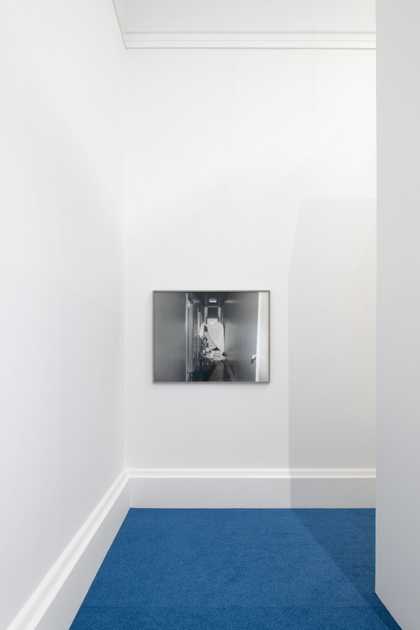
Installation views, Art Now: Joanna Piotrowska All Our False Devices 2019. Photo © Tate (Matt Greenwood)
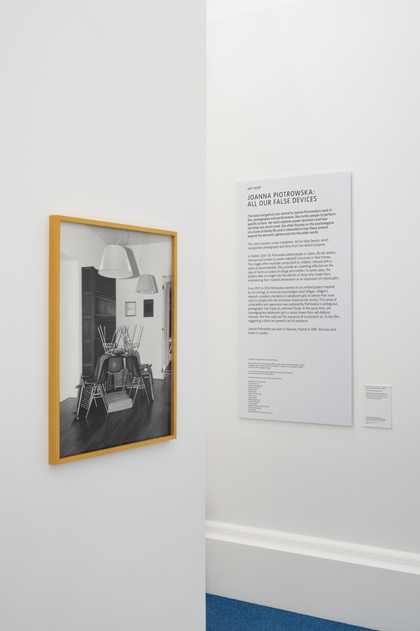
Installation views, Art Now: Joanna Piotrowska All Our False Devices 2019. Photo © Tate (Matt Greenwood)
How important do you think it is for art to reflect the political and social climate it is made in?
It is impossible to stay unaffected by your social and political environment. It always strongly impacts the most private spheres of our lives: our intimacy, our relationships we have with our families, our bodies. I believe it is important that art is an honest expression of personal experience. As this is inextricably linked to our political and social climate, it is rare that one's art does not have some kind of political message.
We certainly need artist’s perspective on political events, but it is also good for us to remember to be democratic in our approach to art and not to limit it to any one function. Art does not always have to be directly political. Different people from different periods of time have different expectations from art and it is important that artists and viewers stay free from those expectations and pressures and are open to diversity and difference.
Where does inspiration come from?
I’m inspired by various psychotherapies, especially those which involve working with the physical body.
Very often it is everyday experiences and situations, observations or conversations I have with people which trigger an idea for a work. Simple activities like travelling and walking can sometimes be the most inspiring.


